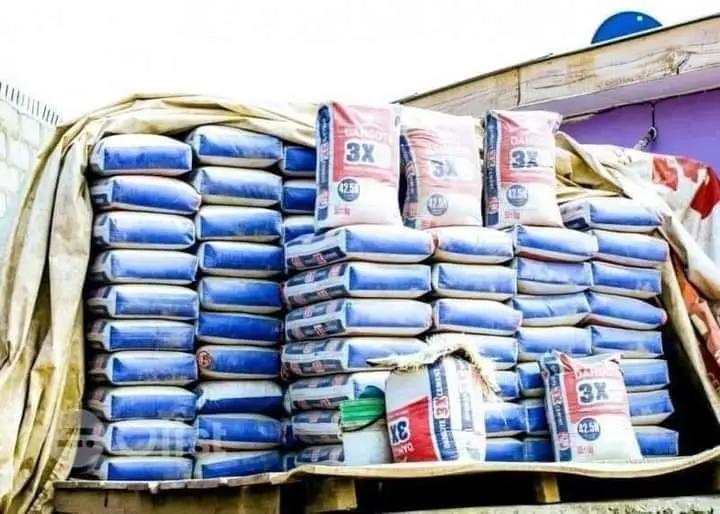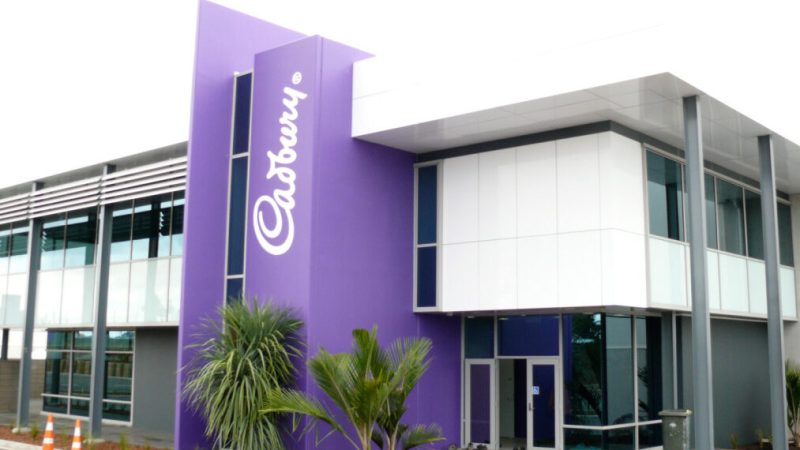Recent Cement Price Surge: Factors in Play

Amidst the backdrop of the recent surge in cement prices, escalating from about N5,000 to about N11,000 this year, marking a substantial 120% increase in retail outlets across certain regions of the country, concerns have emerged regarding this unprecedented escalation.
The pivotal question and concern revolve around the catalysts behind the cement price hike in the first place: are market forces at play, is inflation influencing the surge, or are manipulation and monopolistic practices shaping the pricing dynamics?
Consequently, after discussions with the Minister for Works on February 18, 2024, Cement Manufacturers and the Cement Producers’ Association agreed to retail 50kg bags of cement within the price range of N7,000 to N8,000, subject to addressing the challenges bedeviling the cement producers.
These challenges, as outlined in the communique issued after the meeting, include the cost of gas, high foreign exchange rates, high import duties, poor road networks, smuggling of cement to neighboring nations, etc.
Despite the efforts made, the fundamental question persists: what are the factors driving the recent surge in cement prices?
David Iweta, the national chairman of the Cement Producers’ Association of Nigeria (CEPAN), attributes the ongoing rise in cement prices to the imbalance of demand exceeding supply in the sector.
While this assertion appears reasonable, it’s worth considering that the demand-supply gap existed before and during the sudden surge in cement prices in February.
Regarding the cost pressure rationale, it is important to note that, although the cement companies have not yet disclosed their fiscal year 2023 results, an analysis of their performance over the first nine months (9M) shows that these companies boast of healthy profit margins, with an impressive average gross profit margin of 51%.
This indicates that the companies who are already before the recent increase are selling their products at a significant markup and generating substantial profits compared to their production costs.
Furthermore, it’s important to highlight that the companies have seen an average sequential quarterly growth in cost of sales of about 14% in the first three quarters of 2023, and it’s anticipated to not surpass a 20% quarter-on-quarter increase in Q4
This is significantly less than the 120% price hike in the prices of 50kg bag cement products observed between January and February, and less than the suggested 45% increase to N8,000 per bag between the Ministry and the Cement Producers’ Association.
This suggests a possible misalignment between the growth in cost of sales and the increased/proposed price hike. This misalignment raises questions about the justification for these increases. It suggests that the companies might leverage their market position to implement price hikes without necessarily experiencing significant cost escalations that would warrant such increases.
On the foreign exchange rationale, undeniably, the devaluation of the Naira has had a substantial effect on the economy and businesses, and cement companies are no exception. They too have felt the impact of the Naira’s devaluation and other macroeconomic challenges, as seen in their foreign exchange losses.
Despite this, the three cement companies reported robust pre-tax profits in the first nine months of 2023. They collectively amassed a pre-tax profit of N552 billion, with an average pre-tax margin of 25%.
The cement companies are already enjoying healthy profit margins, better than other companies in other sectors. This can be attributed to near-monopoly status, product inelastic demand, wielding significant market power, etc., of which consumers do not typically have alternatives and are thus forced to pay a premium.
Nevertheless, it’s important to note that transferring costs to consumers, especially in situations characterized by product monopolies and inelastic demand, can have a ripple effect on the economy.
This is because consumers end up bearing the brunt of increased costs, which can lead to slower economic growth.
This underscores the need for careful consideration and balance in pricing strategies, particularly in monopolistic markets.
Indeed, the foreign exchange losses, identified as a significant obstacle to the profitability of cement companies, have become a systemic risk that impacts nearly all sectors of the economy.
While the government is addressing other sector-specific challenges, such as smuggling and infrastructure improvement, cement companies must devise strategies to mitigate the impact of these crises on their profitability.
It is encouraging to observe that the companies have taken proactive steps in this regard. For instance, during BUA Cement’s H1 2023 conference call, the company revealed its commitment to effectively manage increased costs.
The company has made significant investments in cutting-edge pyro-processing systems to decrease manufacturing expenses. Furthermore, they have laid out strategies to invest in trucks powered by Compressed Natural Gas (CNG) as a strategic measure to reduce distribution costs. This shows their commitment to cost efficiency in both production and distribution.
As the Senate is poised to investigate the surge in prices of cement and other construction materials to determine if the price increase is due to cost pressures, market forces, manipulation, or monopolistic practices, and to find a solution to this issue, all aspects of the situation must be thoroughly examined.


